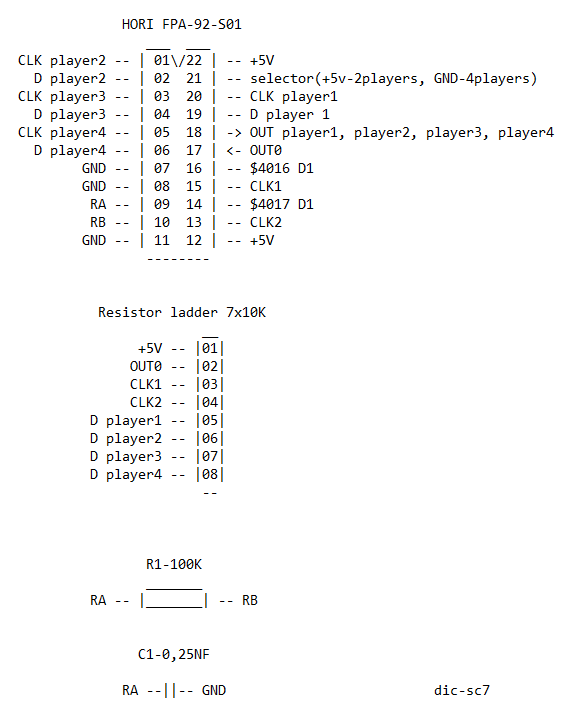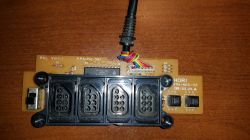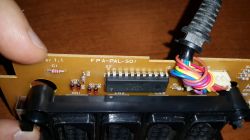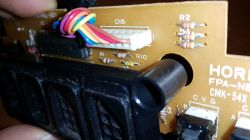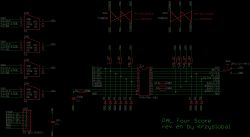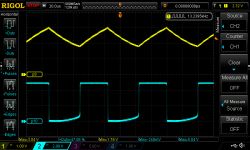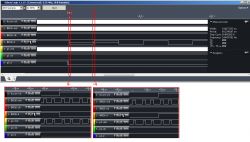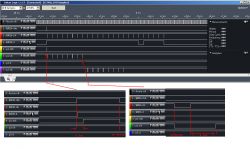Pokun wrote:
Athena's Wit's
Ok, looking in the code here. Starting at $FE29
After asserting and then de-asserting OUT0
It reads 8 times from $4017, combines the 2s and 1s bits and stores that in
$6DIt reads 8 times from $4016, combines the 2s and 1s bits and stores that in
$6CIt reads 8 times from $4017, stores the 1s bit in
$73 and the 2s bit in
$71It reads 8 times from $4016, stores the 1s bit in
$72 and the 2s bit in
$70It reads 8 times from $4017, stores the 1s bit in
$77 and the 2s bit in
$75It reads 8 times from $4016, stores the 1s bit in
$76 and the 2s bit in
$74.
It clears
$78.If
$74 holds #$20, it sets the $80s bit in
$78 - checking for the 4-Player Adapter's different signature
If
$75 holds #$10, it sets the $40s bit in
$78 - ditto
If
$76 holds #$10, it sets the $20s bit in
$78 - checking for Four Score signature
if
$77 holds #$20, it sets the $10s bit in
$78 - ditto
If
$78 holds exactly #$C0, it copies
$71 over
$6F and
$70 over
$6E - using the data from the 4-Player Adapter
If
$78 holds exactly #$30, it copies
$73 over
$6F and
$72 over
$6E - using the data from the Four Score.
So - good intuition. That's exactly what
Wit's expects.
Quote:
Maybe someone interpreted this in a strange way which started the false rumour that it can actually be read from $4016/$4017-D0.
I think the problem is that it's misleadingly named. Before it came out, there already
was a convention for four simultaneous players. The labels on the toggle maybe should have been 4/6 instead of 2/4.
Quote:
OK I will try search a bit harder before complaining again. For pictures, you can see [...] good pictures of the connector heads
Ok, that's shrouded on all four sides. I admit I didn't see any like that, but a single retaining clip is
probably good enough to mate to the existing connector. Digi-Key doesn't have anything that's shrouded on more than one side.
edit: or maybe you're looking for something more like
this?.
